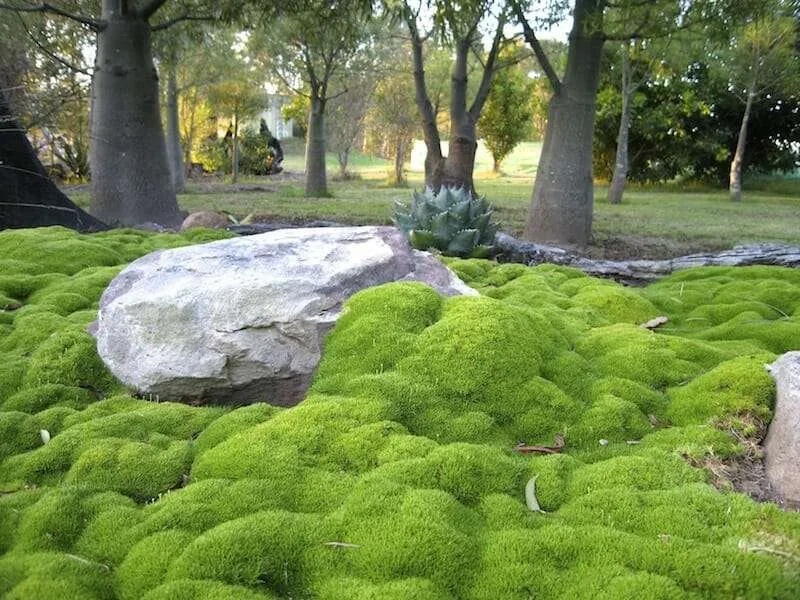Ruby grass, Melinus nerviglumis
Recently I’ve been very interested in plants from South Africa. I’m not exactly sure why, but perhaps it has to do with the fact that South Africa and Marin County (were I live in California) share a similar climate (winter rainfall and summer drought), which means that plants from there can more easily assimilate into gardens here. Plus, plants from South Africa gift the gardener with unique and bold foliage and flowers, most notably Proteas, Leucadendrons, Kniphofias, Arctosis, Gazanias and countless Aloes. So, when I learned that Ruby grass hails from South Africa, I was like, of course it does. But don’t be discouraged if you live outside of my zone, you can still grow this glorious grass.
Please keep reading to learn more about this perfectly pink plant:

A top thing to know about Ruby grass is that it is tender, meaning it is usually treated as an annual because it is hardy only in USDA Zones 8-11. But don’t be discouraged, because this grass grows so fast that you will quickly be rewarded before your first frosty day hits. And what kind of reward are we talking about? Come summer and continuing well into fall, ruby pink, fluffy flower head plumes that gently wave in the breeze emerge on slender stems. When not flowering, the plant has lush blue-green foliage that turns an exciting reddish-purple in the fall. This is definitely a smallish mounding grass that clumps to under two feet tall and then sends out those pinkalicious inflorescences on one-foot tall stems.
The easy-to-grow grass stays neat and compact, which makes it ideal for the tidy gardener or for the gardener who doesn’t have time to fuss over plants. Because it’s quick, look for one gallon sizes, or even try to grow some from seed. To do this, plant some seeds outdoors at the beginning of spring by lightly covering the seeds after sowing. Space seeds about 2 feet apart. If starting indoors, sow seeds about six to eight weeks before your last frost date. Expect your seeds to germinate in roughly three weeks. As with some grasses, they are wind pollinated, so you can collect the seeds once the plumes age and turn brown. On the other hand, if you want to save some of this tender grass for next year because you live in a cold region, you can dig up some clumps in the fall and pot them up to overwinter and then replant in the spring.
Cheat Sheet

- The soft pinky inflorescence makes for an attractive addition to a flower arrangement.
- The graceful stems blow sweetly in the breeze and work well mixed into coastal gardens.
- Looks at home in cottage gardens, meadows, or nestled into large containers with annuals and perennials.
- For a pink punch, plant the grass in wide swathes or tuck a few neatly next to small boulders.
- Good companion plants: Echinacea, yarrow, lavender and other ornamental grasses.
Keep It Alive

- Plant Ruby grass in a sunny spot for best success.
- Appreciates light, well-draining soil.
- Not completely drought tolerant, so provide regular water.
- Prune back in the later fall to midwinter to let the fresh foliage emerge in early spring.
- Not troubled by diseases or pests, or nibbled by deer.
See also:
- Lessons Learned: Ornamental Grasses at Five Acre Barn
- Pink Grasses: 10 Ideas for Muhlenbergia in a Landscape
- Gossamer Gardens: 12 Ideas for Landscaping with Mexican Feather Grass













Have a Question or Comment About This Post?
Join the conversation (0)